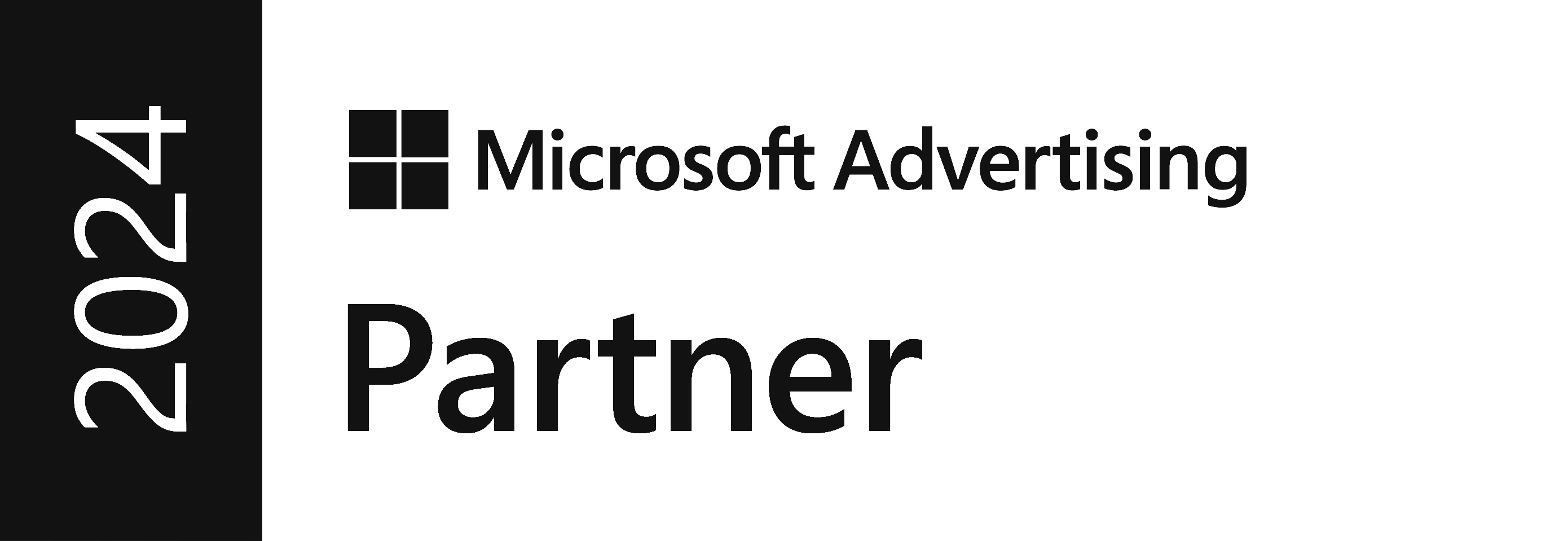Google Shopping Now Free: How Retailers Should Take Advantage [Updated]
Google has announced that it is bringing free product listings to its Shopping results in the UK, by the end of 2020. They have already rolled out free listings the US, back in April. Currently, in the UK, all Product Listing Ads (in the main search results) and product listings (in the Shopping tab) are paid for via Google Ads. Google’s shopping listings were originally free but they shifted to a paid model in 2012.
What is changing?
The Google Shopping tab will now feature free product listings although there will be adverts at the top and the bottom. This means that you can add your products to Google Shopping for free but those who pay will still be likely to get more sales.
Product listings on the main Google search results will still be paid for ads and will not include free listings. These ads on the main search results page receive the lion’s share of clicks and this is unlikely to change.
Why now?
Google was apparently planning this change and they brought forward the roll out in the US as there was a huge shift from brick and mortar shopping to Ecommerce happening globally due to people being in lockdown. It’s unclear at this stage what the lasting impacts of this will be but some offline retailers may not survive long enough to find out.
Why is Google doing this?
As noted by Search Engine Journal, Google used to have a problem with low quality results appearing in the shopping listings – retailers who didn’t have to pay for their products to be featured were less inclined to keep on top of stock errors and incorrect listings. Google wants to ensure its users get good quality results, so that they keep returning, so this was risky. It’s now easier for retailers to manage their products (thanks to Ecommerce platforms like Shopify and WooCommerce) and it’s easier for Google to verify this now.
Amazon has been gaining ground on Google for years now and Google has struggled to reverse this. By allowing retailers to list their products for free and partnering with Paypal, Shopify etc. to make the process easier, Google hopes to win back retailers.
How does this affect Retail and Ecommerce Marketing?
If you work in Ecommerce, or retail in general, you’ll no doubt already be working on how to pivot your Marketing strategy to reflect the world we find ourselves in today. While it’s unclear at this stage when, and to what extent, we will return to normal, it’s clear that Ecommerce is now vital for retailers. For example John Lewis have seen online order rise by 73% with in-store sales down by 30%. Businesses which don’t adapt in the short and long term may not survive.
What can I do to prepare?
We are helping our clients to prepare now so that they’re ready to take advantage of this as soon as it rolls out in the UK and we would suggest that others do the same. Depending on the extent to which you are set up to sell online you may have a lot to do. If you’re not already setup for Ecommerce you’ll need to start by setting up an online store. Depending on your requirements and industry you’ll need to find the right platform for you which could be a bespoke site, Shopify, Big Cartel, Magento, WooCommerce + WordPress. Once that is set up you’ll need a Google Merchant Center account.
If you’re already selling online you’ll want to build this into your strategy. We’re helping our clients to adapt their strategies so get in contact if you would like our help.

1st Floor, Alphin Brook House,
Alphin Brook Road,
Exeter EX2 8RG
MORE THAN
Digital
Marketing.
View our sustainability page.
PPC for B2B
PPC for Law Firms
PPC for Luxury Ecommerce Brands
PPC for Travel and Tourism
GEO Audit





